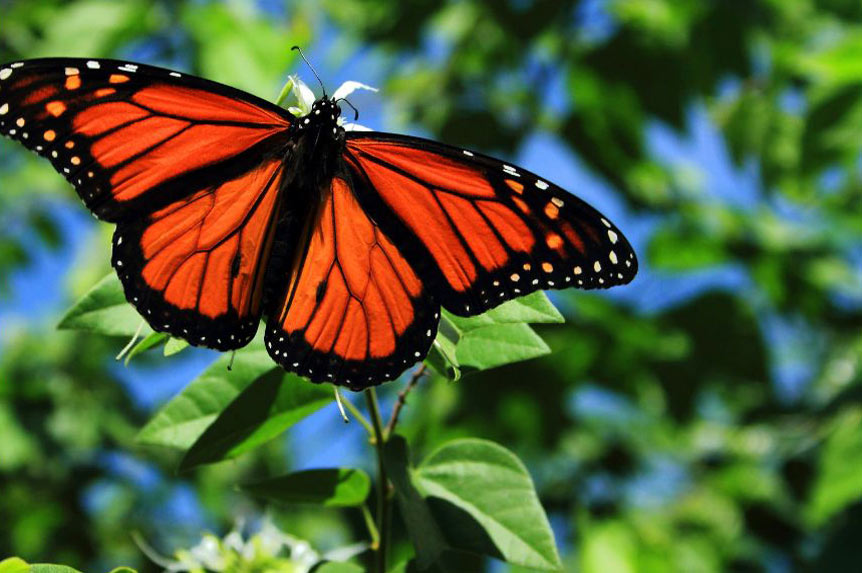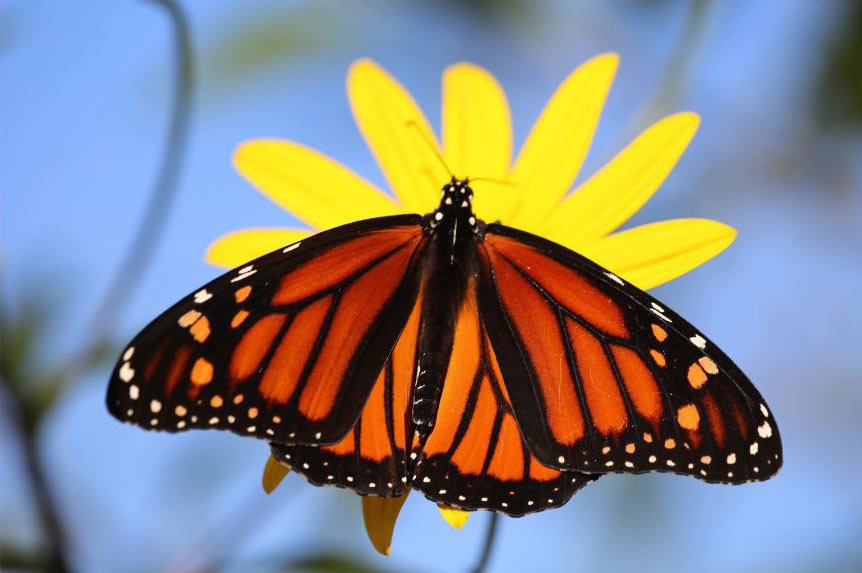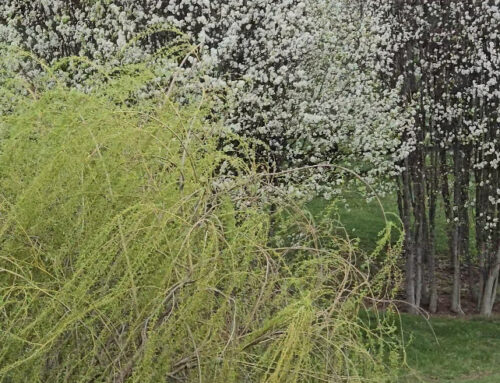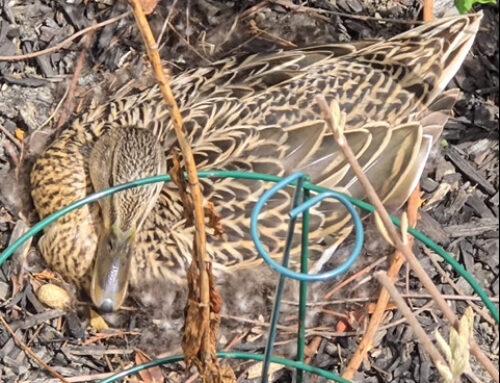Last week I wrote about the Spring migration of hummingbirds. This week, I thought I would follow-up writing about the migration of another garden favorite: Monarch butterflies.
First, a few facts about these beautiful butterflies:
Life Cycle: Monarchs undergo complete metamorphosis, consisting of four stages: egg, larva (caterpillar), pupa (chrysalis), and adult butterfly.
Milkweed Dependence: Monarch caterpillars feed on milkweed plants, which contain toxins that make them unpalatable to predators. The caterpillars store these toxins, making them distasteful and toxic to potential predators. Furthermore, milkweed plants are crucial for the reproduction and survival of monarchs, as it is the only plant that monarch caterpillars can feed upon.
Warning Coloration and Gender Differentiation: The bright orange and black coloration of monarch butterflies serves as a warning to predators that they are toxic. This phenomenon is known as aposematism. Male butterflies can be distinguished from females in two ways:
Male monarchs have thinner veins and two distinct black spots on their wings.

Females have thicker veining and do not have the spots.

Longevity: The average lifespan of a monarch butterfly is relatively short—about 2 to 6 weeks for adults. However, the generation that migrates south can live for several months to complete the migration and overwintering process.
Habitat Loss Threat: Monarch butterflies face threats due to habitat loss, particularly the destruction of milkweed plants, which are essential for their reproduction. Urbanization, agriculture, and climate change contribute to the decline in suitable habitats. Without milkweed plants, Monarch butterflies are unable to complete their life cycle.
Monarch Migration:
Global Distribution: Monarchs are not only found in North America; there are also populations in Australia, New Zealand, and other regions. These populations may have different migration patterns and behaviors. Monarch migration is one of the most remarkable natural phenomena and involves a fascinating journey spanning thousands of miles.
Starting Point: Monarch butterflies in North America start their migration in late summer and early fall. The journey begins in regions across the United States, Canada, and even parts of Mexico. Monarchs are capable of flying long distances, covering thousands of miles during their migration.
Directional Guidance: While the exact mechanisms behind the monarchs’ navigation are not fully understood, they are thought to use a combination of the position of the sun, the Earth’s magnetic field, and landmarks to find their way.
Overwintering in Mexico and the California Coast: Monarchs are famous for their long-distance migration. North American monarchs travel thousands of miles from Canada and the United States to central Mexico to escape the colder winter temperatures. Eastern North American monarchs migrate to specific areas in the high-altitude oyamel fir forests of central Mexico to overwinter. The butterflies form dense clusters of roosting colonies on the trees, providing protection from extreme temperatures and predators. Western Monarch populations which live west of the Rocky Mountains tend to overwinter along the California Pacific coast near Santa Cruz and San Diego.
Generations and Reproduction: The monarch migration involves multiple generations. The butterflies that migrate south are not the same individuals that return north. During the southern migration, monarchs go through several reproductive cycles, laying eggs on milkweed plants along the way.
Feeding and Nectar Sources: Monarchs fuel their long journey with nectar from a variety of flowering plants. This includes flowers with rich nectar sources. They are particularly attracted to plants with red, orange, and yellow blooms.
Conservation: Monarch butterflies face multiple threats during their migration, including habitat loss, climate change, pesticide use, and disruptions to the availability of milkweed plants. Conservation efforts, such as those which support natural and protected areas and sustainable agriculture practices, aim to protect and restore monarch butterfly habitats and are crucial to ensuring the survival of this extraordinary migration phenomenon.
To create a monarch-friendly breeding, feeding, and browsing stopover for visiting butterflies (and multiple other birds, butterflies, and beneficial insects), here are some plant suggestions for your garden:
Milkweed – multiple varieties
Zinnias
Bee Balm
Daisies
Hyssop
Liatris
Coneflowers
Phlox
Salvias
Lantana
For your viewing pleasure, I have included two interactive maps from Journey North, a great website to check out if you wish to learn more about monarch butterflies. The first map shows regular updates for monarch migration. The second map shows the emergence of milkweed plants and how quickly monarchs arrive after they appear.
Have a great day!








